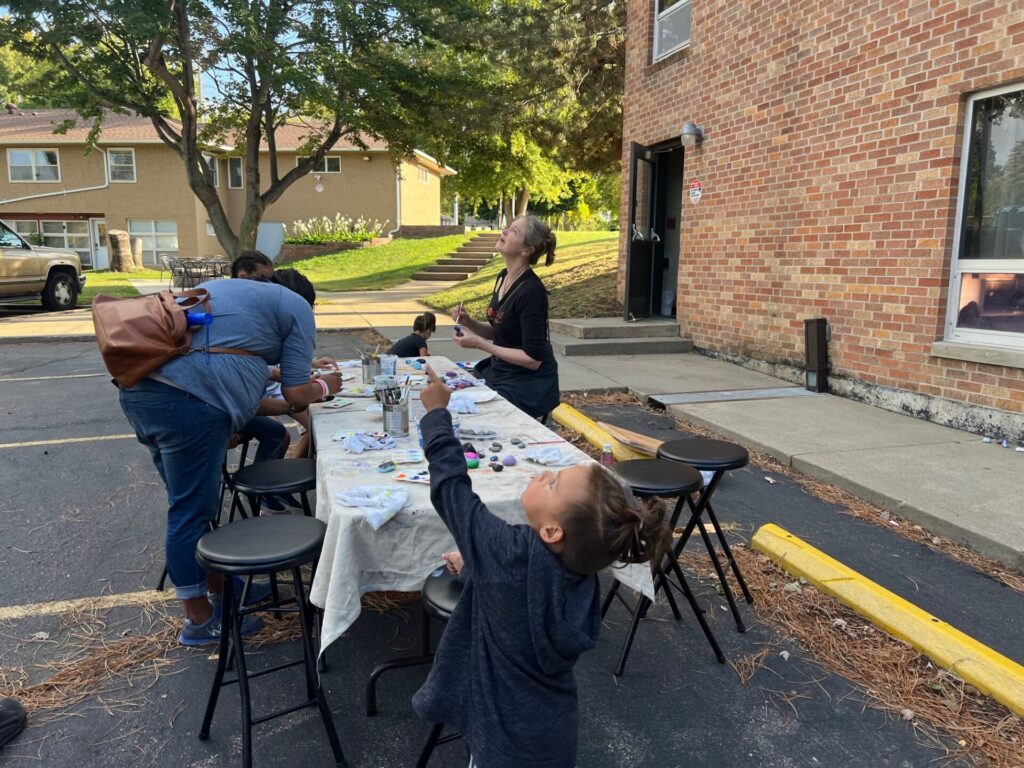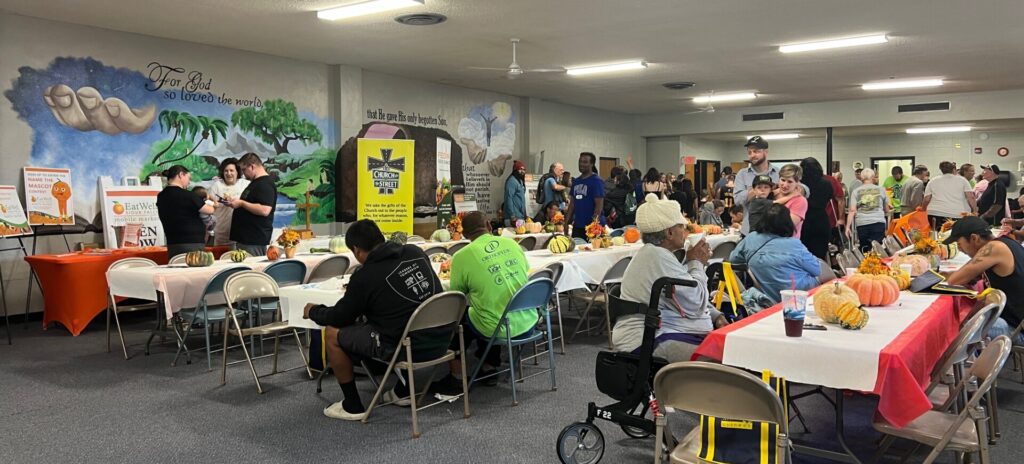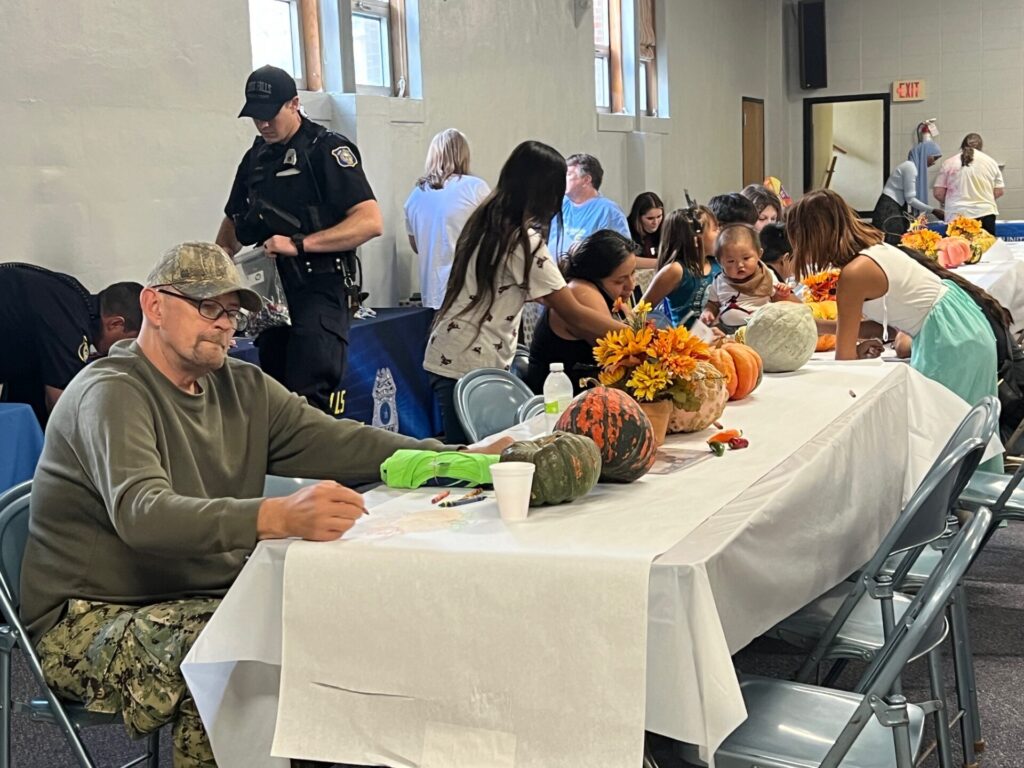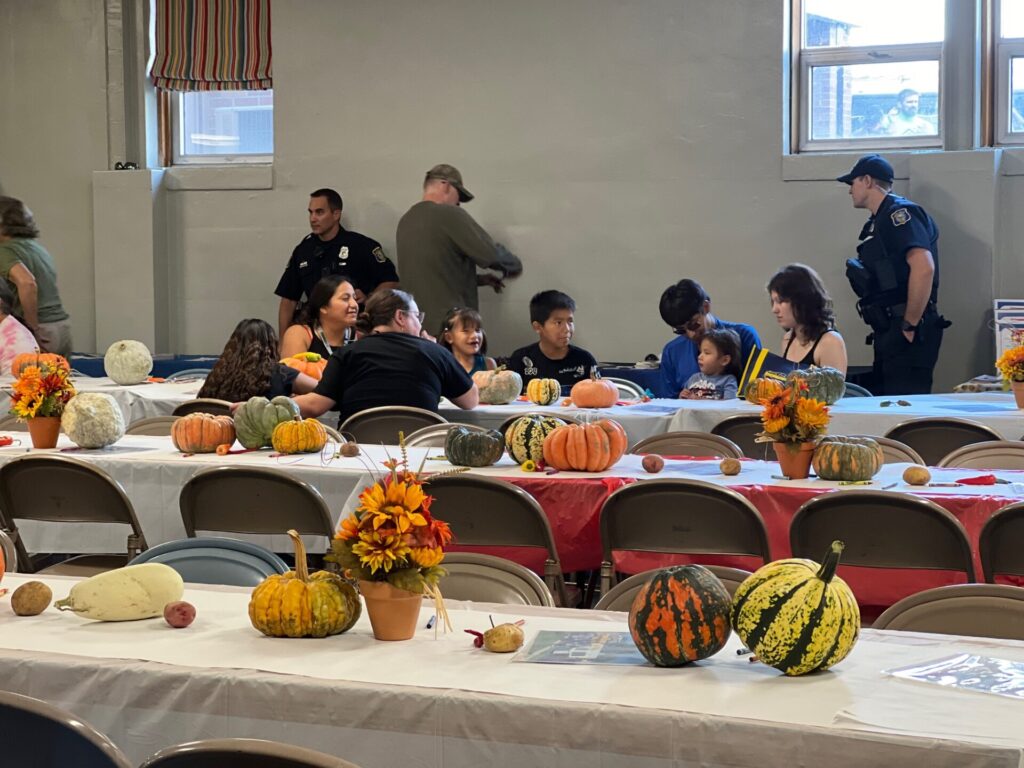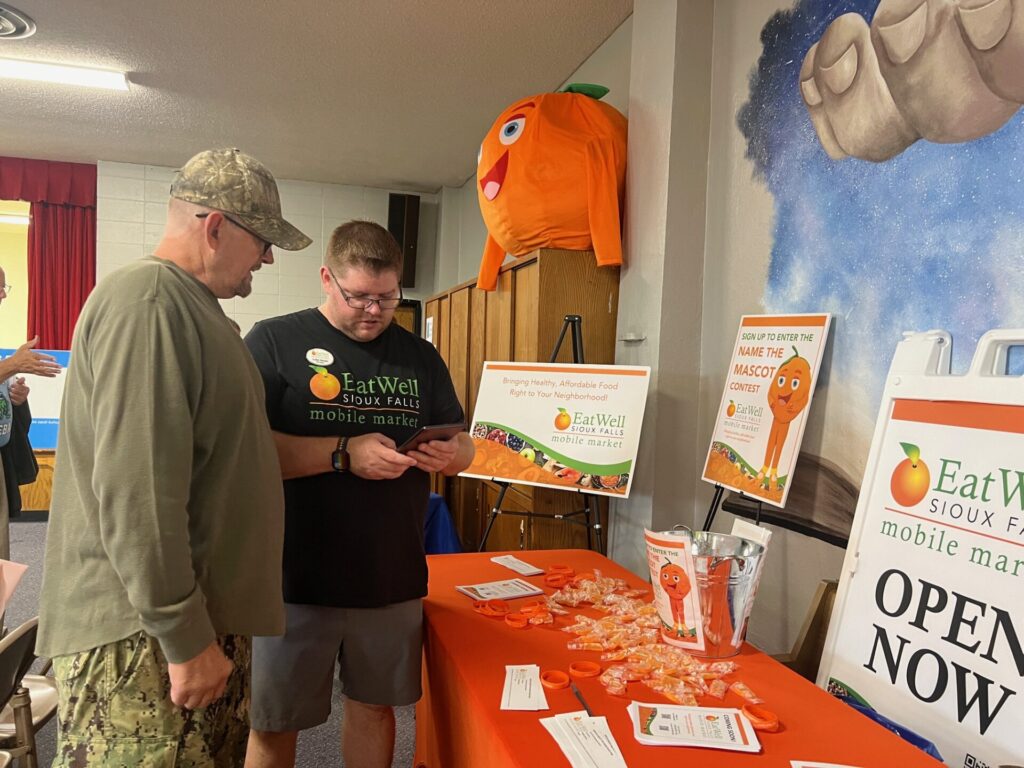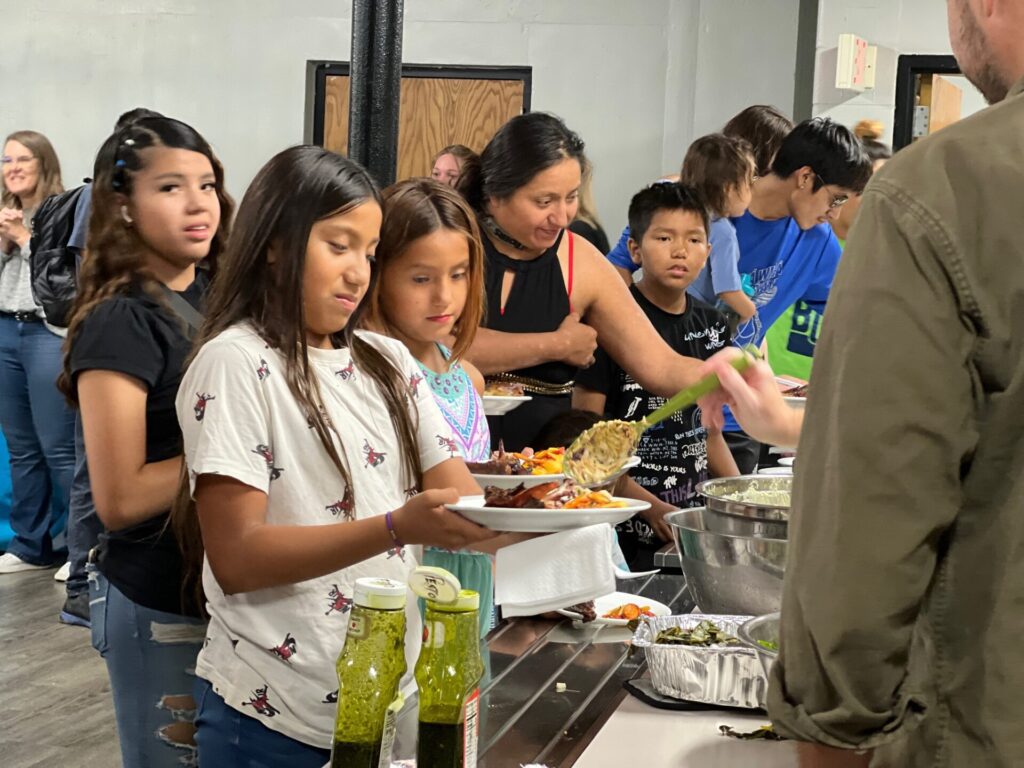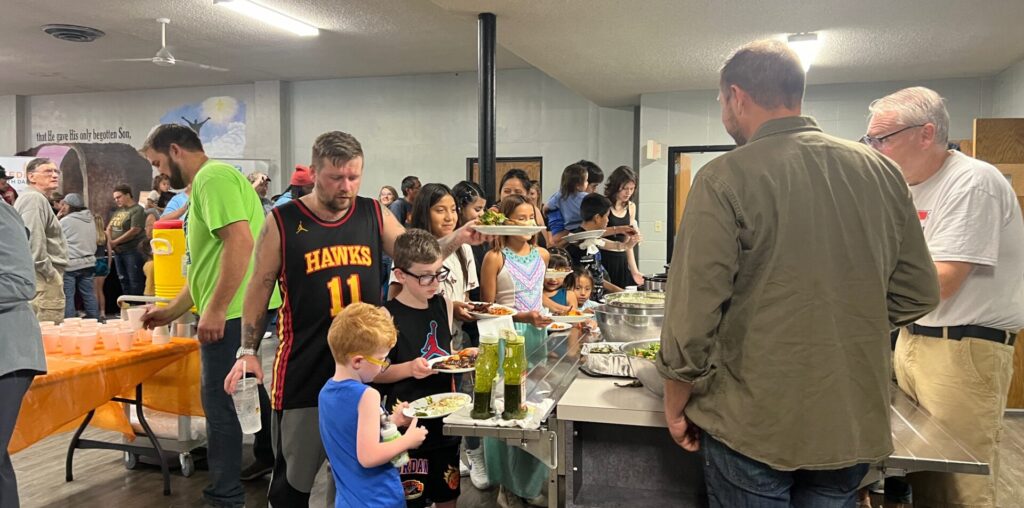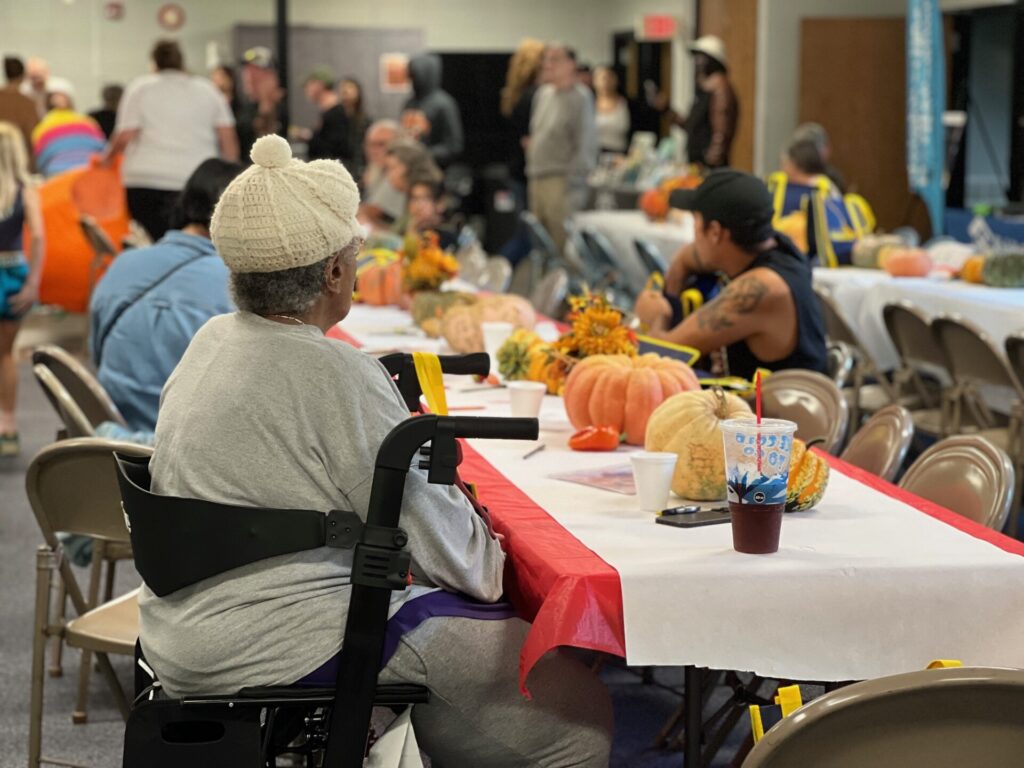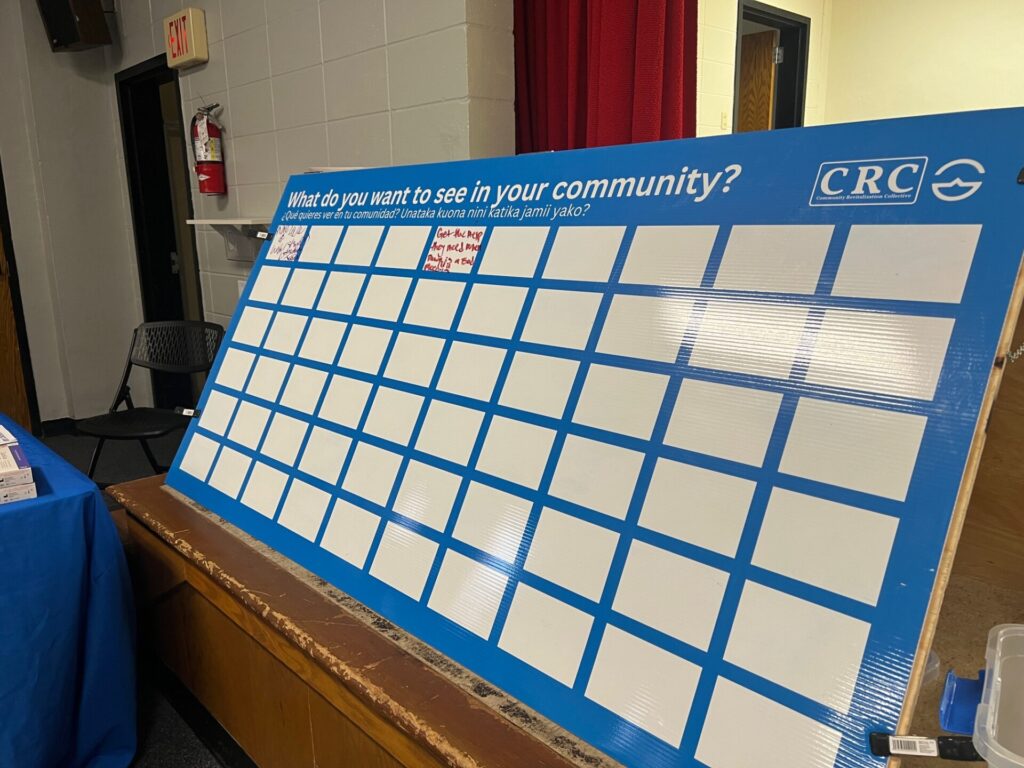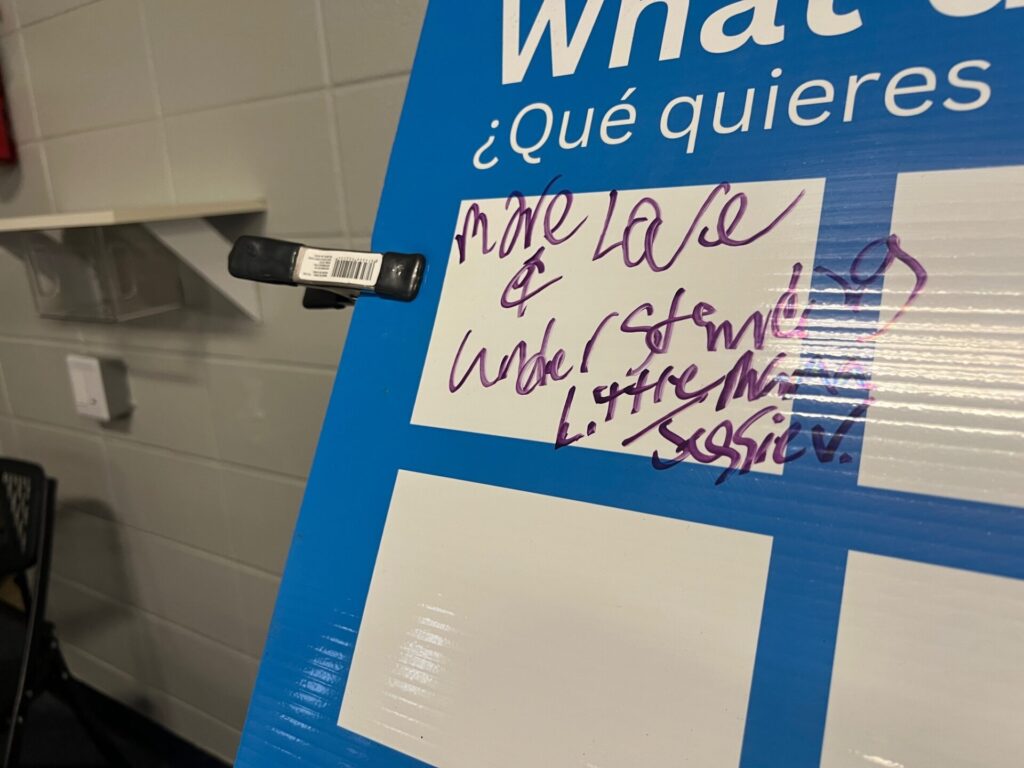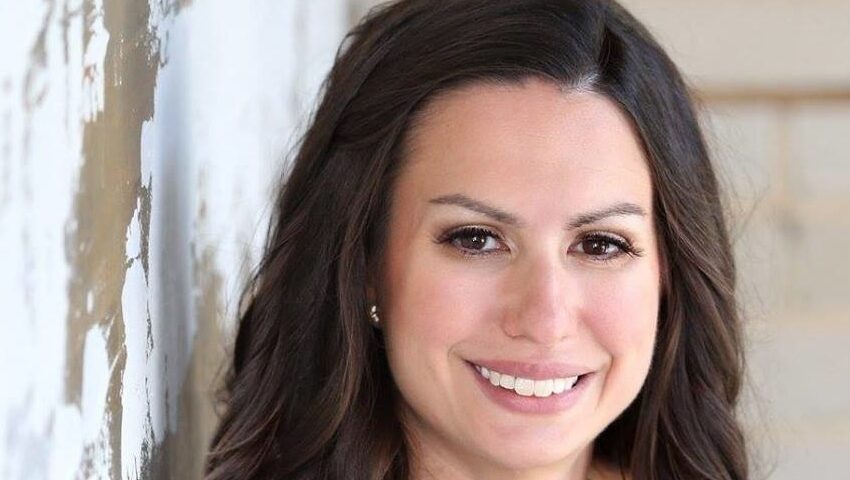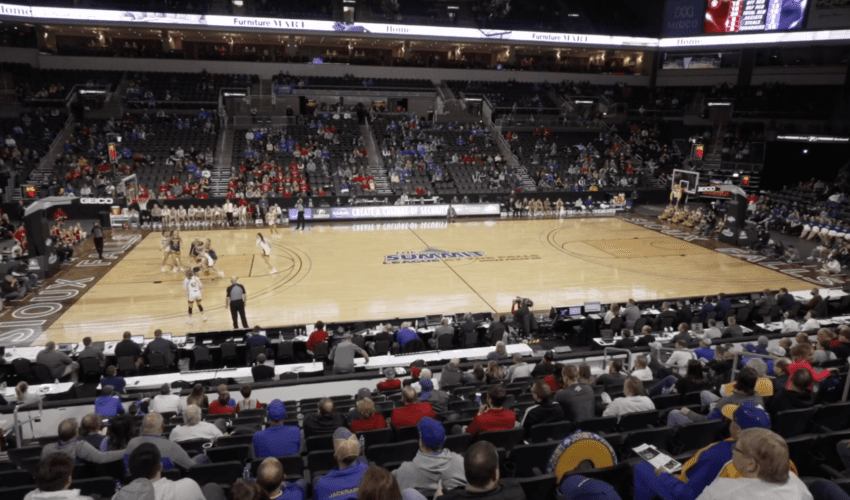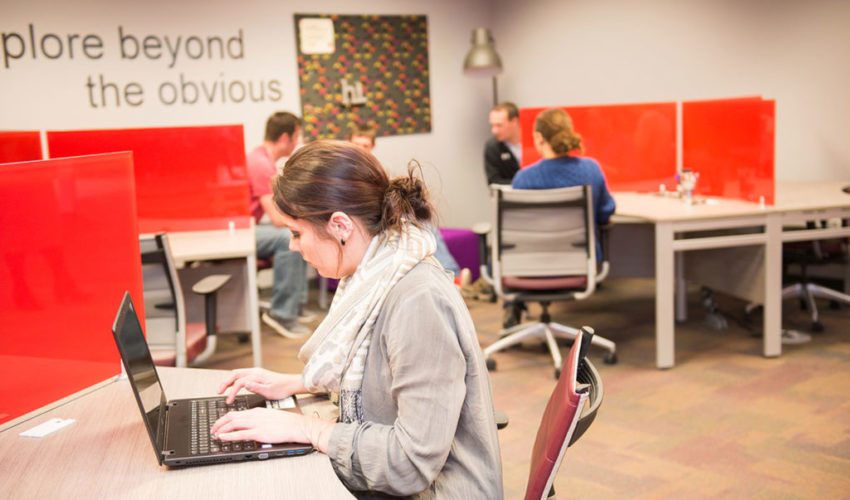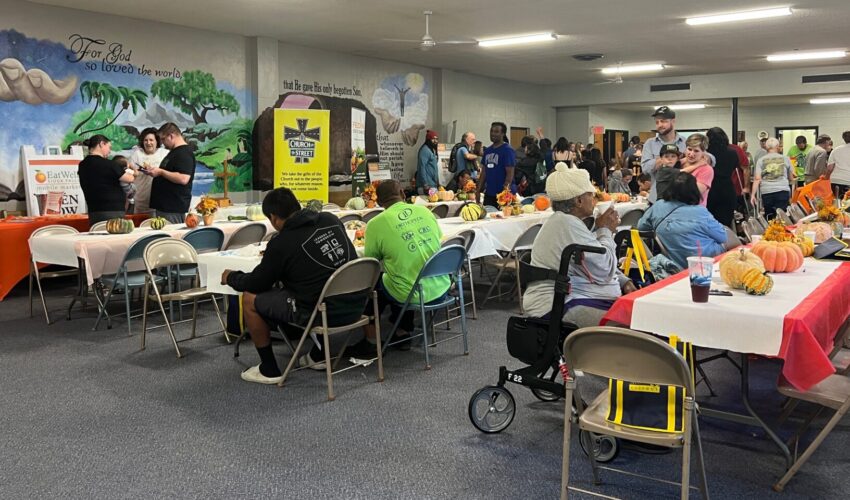Jodi’s Journal: Building neighborhoods starts with simple steps
Oct. 1, 2023
It would have been easy to skip the event.
Easy to ask someone to send me a few photos so I could call it done without stopping by.
After all, I’d already worked most of a Saturday. I already had the story.
But, luckily, I went — and because of it, I found the bigger story.
Wesley United Methodist Church is tucked in the Whittier neighborhood, off Sixth Street east of Cliff Avenue. It was a simple detour before my Saturday night downtown to stop by the First Fruits Harvest Festival, now in its second year.
I was there to grab some photos of the team behind the Eat Well Sioux Falls Mobile Market, which is planning to start serving neighborhoods such as this soon with a bus retrofitted into an affordable grocery shop.
I wasn’t sure what I’d find when I pulled up — it had rained earlier that day, and they’d moved the event indoors — but as soon as I got out of the car, I knew I’d stumbled onto something special.
Before I even got into the church, I saw a table of men smiling and laughing as they painted rocks that would be hidden around town as part of the Sioux Falls “Rocks” project.
I took this picture when I left, but the image that’s stuck in my mind is those guys, some whom I’m not even sure had a home to go home to, grinning and painting and seemingly getting to know one another.
Then, I walked in the door.
The place was packed. It was all ages, with many cultures represented.
Folding tables stretched nearly the length of the room, lined with pumpkins. Kids and adults colored on the paper table coverings, conversed and began to mingle.
“This is what we need more in our community,” someone said to me in passing. “You get to know your neighbors.”
The room was rimmed with social service agencies there to tell the neighborhood about what they offer.
In one place, people could access everything from haircuts to free family portrait mini-sessions to a host of other nonprofits prepared to help with a range of services.
Sioux Falls Police and Fire Rescue were there making friendly conversation with the neighborhood.
The Mobile Market was there to encourage people to complete a survey about what they’re seeking in their shopping — from what times they would shop to what kind of merchandise they want to buy.
I listened as one man explained to Mobile Market manager Luke Senst how he’d had two heart attacks and needed to eat healthy.
I felt like I was surrounded at the same time both by need and by optimism.
Because, as insurmountable as some problems seem, this one bit of a solution struck me as so simple.
The organizers, a grant-supported group called BAM Institute of Civic Biodesign, had coordinated a potluck of locally sourced food that clearly played a role in attracting such a crowd.
Nothing wrong with that. If a little free food is all it takes to start bringing people together and fostering shared ownership in a neighborhood, it’s well worth it.
Part of me wished I’d seen a few others alongside this crowd. Maybe those who continually tell me how they need to hire or those prepared to help up-skill workers. Maybe some of the business crowd I’d be more likely to see at a networking event. Or some of the people I saw later that night downtown enjoying their own local cuisine.
It’s not anyone’s fault; I almost didn’t go myself, and I’m sure others would have if they’d known about it — which is probably a lesson in talking to one another as much as anything.
But the evening reminded me there’s no substitute for showing up. For reaching out. Listening. And showing that while my day-to-day Sioux Falls might look different from others’, we’re all pulling for the same community, and I care about their experience here as I’m guessing you do.
At the end of the room, there was a large poster board where neighbors were encouraged to write their response to this question: What do you want to see in your community?
“You know what people tell us more than anything else when we do this?” one of the organizers said to me as I prepared to leave.
Well, it wasn’t new buildings or stadiums or pools or recreation centers. It wasn’t better streets or less crime or — in a nod to many of my readers — a Trader Joe’s.
“It’s love.”
And, sure enough, there it was — scribbled in the top left corner.
“More love and understanding.”
That’s probably the bigger story. Not so much the event or the services, not the fact that soon a grocery store on wheels will start stopping in food deserts with needed affordable staples. The story is that enough people in the community care enough to make it happen at all, that enough people realize the challenges of generational poverty, immigration or mental illness can be so daunting that they require a level of help most of us can’t personally grasp.
Or even setting aside those big challenges, it’s the simple commitment that our older neighborhoods aren’t left behind as the city expands. That living in one doesn’t mean you have to lack access to necessities or feel a lesser part of a community. That alone is key in so many ways to sustaining a city that’s maturing into a metro area.
The “First Fruits” festival seems an appropriate name. Hopefully, it’s the kind of seed that spurs similar momentum citywide.

